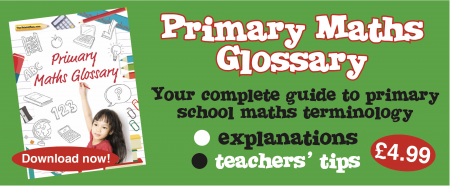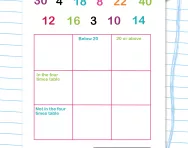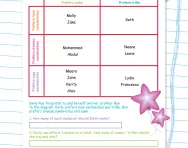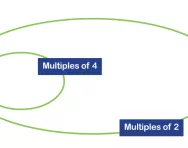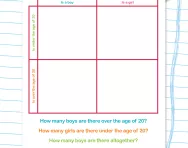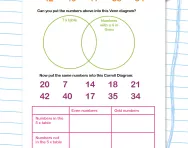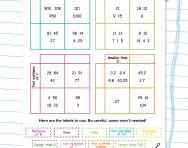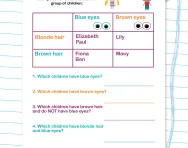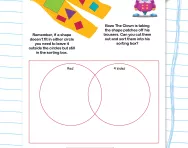Important update from TheSchoolRun
For the past 13 years, TheSchoolRun has been run by a small team of mums working from home, dedicated to providing quality educational resources to primary school parents. Unfortunately, rising supplier costs and falling revenue have made it impossible for us to continue operating, and we’ve had to make the difficult decision to close. The good news: We’ve arranged for another educational provider to take over many of our resources. These will be hosted on a new portal, where the content will be updated and expanded to support your child’s learning.
What this means for subscribers:
- Your subscription is still active, and for now, you can keep using the website as normal — just log in with your usual details to access all our articles and resources*.
- In a few months, all resources will move to the new portal. You’ll continue to have access there until your subscription ends. We’ll send you full details nearer the time.
- As a thank you for your support, we’ll also be sending you 16 primary school eBooks (worth £108.84) to download and keep.
A few changes to be aware of:
- The Learning Journey weekly email has ended, but your child’s plan will still be updated on your dashboard each Monday. Just log in to see the recommended worksheets.
- The 11+ weekly emails have now ended. We sent you all the remaining emails in the series at the end of March — please check your inbox (and spam folder) if you haven’t seen them. You can also follow the full programme here: 11+ Learning Journey.
If you have any questions, please contact us at [email protected]. Thank you for being part of our journey it’s been a privilege to support your family’s learning.
*If you need to reset your password, it will still work as usual. Please check your spam folder if the reset email doesn’t appear in your inbox.
What is a Carroll diagram?
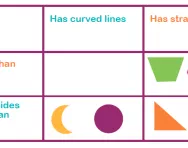
What is a Carroll diagram?
A Carroll diagram is used to organise data and group it according to whether it fits certain criteria.
In Key Stage 1 children begin to be taught about sorting and teachers may ask a child to sort a group of objects into two groups according to a given criteria. For example: children may be given a box of shapes and asked to sort them into two groups: 'Shapes with curved sides' and 'Shapes with straight sides'. Alternatively, they may be given some number cards and asked to sort them into odd and even numbers.
Using Carroll diagrams to sort data
Sometimes, Carroll diagrams involve numbers. For example, children may need to sort the numbers 8, 22, 18, 49 and 100 into the following Carroll diagram:
It is a good idea to encourage children to deal with one number at a time. For example: look at the number 8 and then go through each of the criteria in turn to work out which box it should go in, then cross off number 8 from the list. Next look at 22 and do the same, and so on.
In a similar way to Venn diagrams, Carroll diagrams encourage children to sort data methodically, but also provide good revision for properties of shapes and number facts.
